Photos: Iceland’s Kerid Crater Lake
3We recently covered Kerid Crater Lake in Iceland and hinted at the possibility that it could be the world’s smallest caldera lake. Now there’s no knowing that for sure, but here are some interesting facts we do know about this great little crater lake:
- Minerals from the surrounding soil help to color its water;
- Kerid Crater Lake’s water depth ranges from 21 to 42 feet deep;
- Fish probably don’t live there, but there are zooplankton;
- It sits in one of several volcanic craters in Iceland’s Western Volcanic Zone;
- And the lake is mostly fed by groundwater, making it a gauge of where the area’s water table is.
Beyond that, we know that it’s a nice lake to look at, complemented by an iron-red caldera and water that has a neat aquamarine hue. See what we mean below (click to embiggen):

Kerid Crater Lake, October 2009. (Credit: Wikimedia Commons User Progresschrome via Creative Commons 3.0)

A frozen Kerid Crater Lake, April 2008. (Credit: Public Domain)

Kerid Crater Lake in September. (Credit: Public Domain)

Kerid Crater Lake. (Credit: Wikipedia User Reykholt via Creative Commons 3.0)
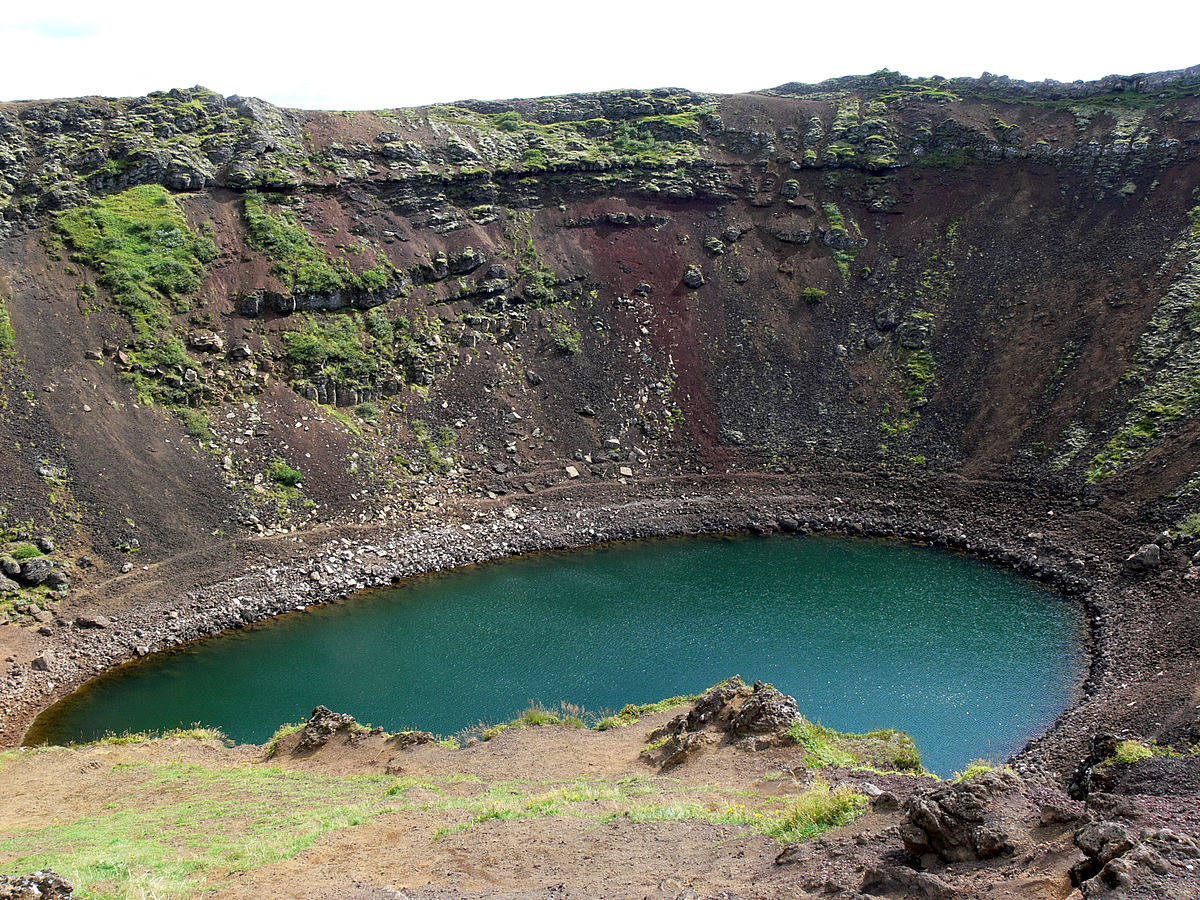
Kerid Crater Lake. (Credit: Christian Bickel via Creative Commons 2.0)

Kerid Crater Lake. (Credit: Wikipedia User Bromr via Creative Commons 3.0)

Kerid Crater Lake. (Credit: Flickr User Antony via Creative Commons 2.0)

Tourists stand on the edge of Kerid Crater in July. (Credit: Wikimedia Commons User Julius_Agrippa via Creative Commons 2.5)

Kerid Crater Lake, July 2000. (Credit: Wikimedia Commons User Julius_Agrippa via Creative Commons 2.5)
Did you enjoy this photoset? Or have suggestions for other gorgeous lakes we could feature in this way? Please leave a comment and share your thoughts.




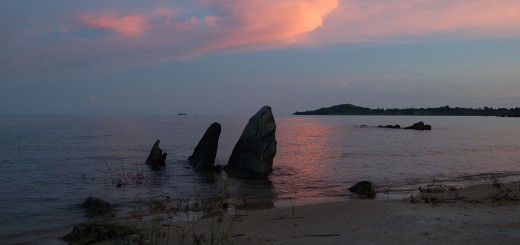
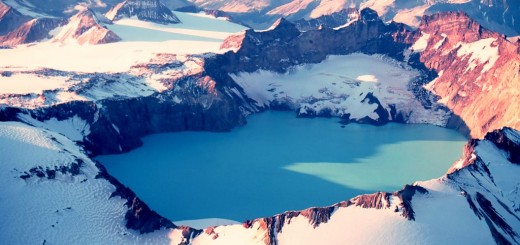
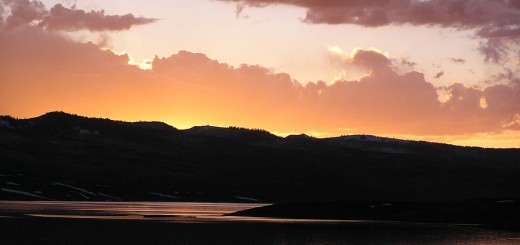
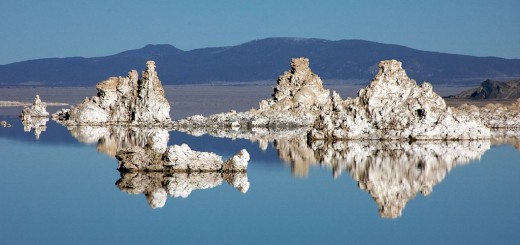






Hi, we visually confirmed fish in the lake yesterday 27 August 2016. Unknown specie, but aprox. 5 cm lenth an shiny silvery as they turned sideways. A group of fish, 8 – 1o individuals, was observered close to the shore.
Regards
Birger
I also visually observed fish in the lake 16 May 2018. Same appearances about 5cm and silver in color. I only saw 3 individuals and no groups. One individual came to the surface to eat an insect on the water
Also today (aug 2019) many fish in the crater lake, especially really young ones. Looks most like stickleback, but not 100% sure. Many different kinds of water plants too. How did they get in?